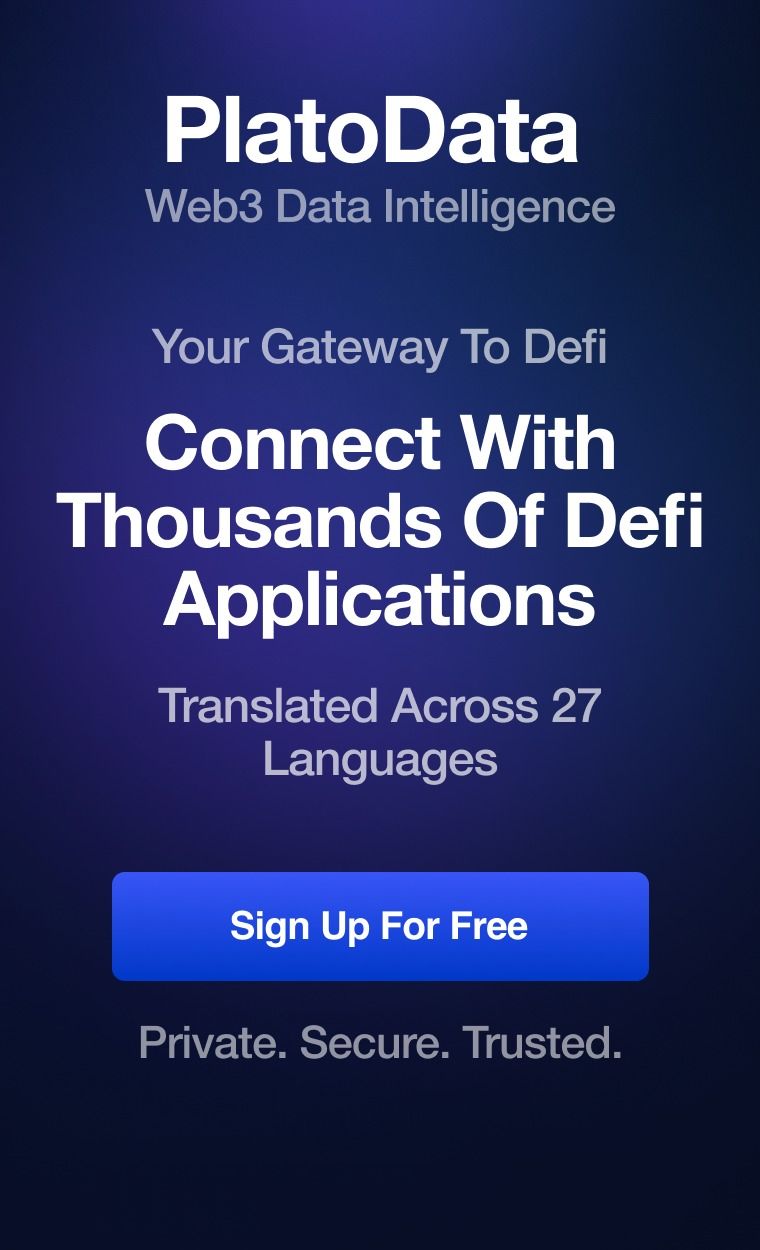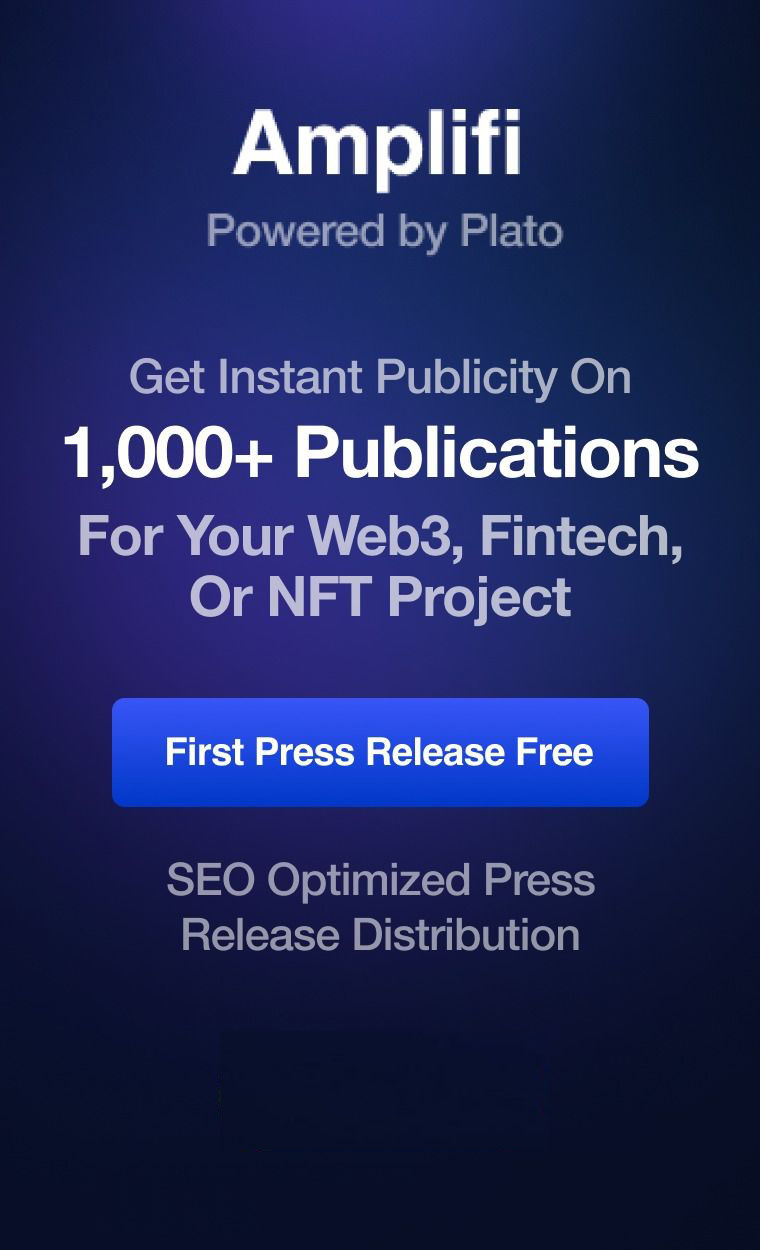Schroders has appointed Chantale Pelletier as Global Head of Infrastructure in Private Assets to lead the growth and development of its infrastructure investment platform.
Pelletier, who will assume the role by the end of March 2021, will also become President of Schroder Aida SAS, the firm’s Paris-based Infrastructure business, subject to regulatory approval.
She will be focused on enlarging the scale of Schroders’ infrastructure platform globally across a range of sectors, such as transport, renewables, energy, digital infrastructure and utilities. Chantale will report into Georg Wunderlin, Schroders’ Global Head of Private Assets.
She joins from global institutional investor Caisse de dépôt et placement du Québec (CDPQ), one of the world’s largest infrastructure investors and the second largest institutional investor in Canada with approximately CAD333 billion* in assets under management.
Chantale has spent more than 20 years in senior global roles at CDPQ, where she has been actively involved in building and managing its infrastructure investment portfolio globally, which as of 31 December 2019 stood at CA$ 27.8 billion.
She has overseen many large-scale international infrastructure investment projects, and assumed a leadership role in many transactions, most notably by investing in Heathrow Airport, the acquisition of an interest in Eurostar as part of a partnership approach and an investment in offshore windfarm London Array.
Most recently, as a Managing Director for Capital Solutions, Chantale was responsible for defining and implementing CDPQ’s capital solutions strategy for international markets which encompassed providing tailored investment solutions to meet the evolving needs of global companies.
Prior to this, Chantale held various senior roles at CDPQ including heading European infrastructure investment activity and directing the Paris office.
Georg Wunderlin, Global Head of Private Assets, Schroders, says: “Schroders’ Private Assets business has identified infrastructure as a core driver of its growth. We believe Chantale’s appointment is therefore a key step towards realising our ambitions and harnessing the exciting opportunities that we are currently seeing in this asset class. Chantale has an unrivalled experience of identifying, delivering and executing infrastructure investment opportunities globally.
“Her background in successfully leading on a number of high-profile transactions gives us great confidence that we will see Schroders’ Infrastructure business further accelerate on its growth path and deliver robust investment performance for our clients.”
Schroders Private Assets business, a key strategic growth area for the firm, has grown to now manage £45.3 billion in assets*. Earlier this month, Schroders announced that Sophie van Oosterom had joined Schroders as Global Head of Real Estate, to oversee the growth of Schroders’ direct and indirect real estate portfolio.
Chantale Pelletier, Global Head of Infrastructure, Private Assets, Schroders, says: “I am looking forward to joining Schroders at what is a pivotal time for infrastructure investment. We have seen a number of key trends accelerate rapidly during 2020 and, as we look ahead, investment in infrastructure will continue to play a significant role in driving these themes, especially in relation to sustainability and digitisation.
“Given the strong track record of Schroders’ Private Assets’ business and the firms’ wider ongoing commitment to sustainability, I believe that there is great potential to further leverage these strengths and deliver an infrastructure investment platform that will provide our clients with attractive and sustainably-delivered yields over the long-term.”



